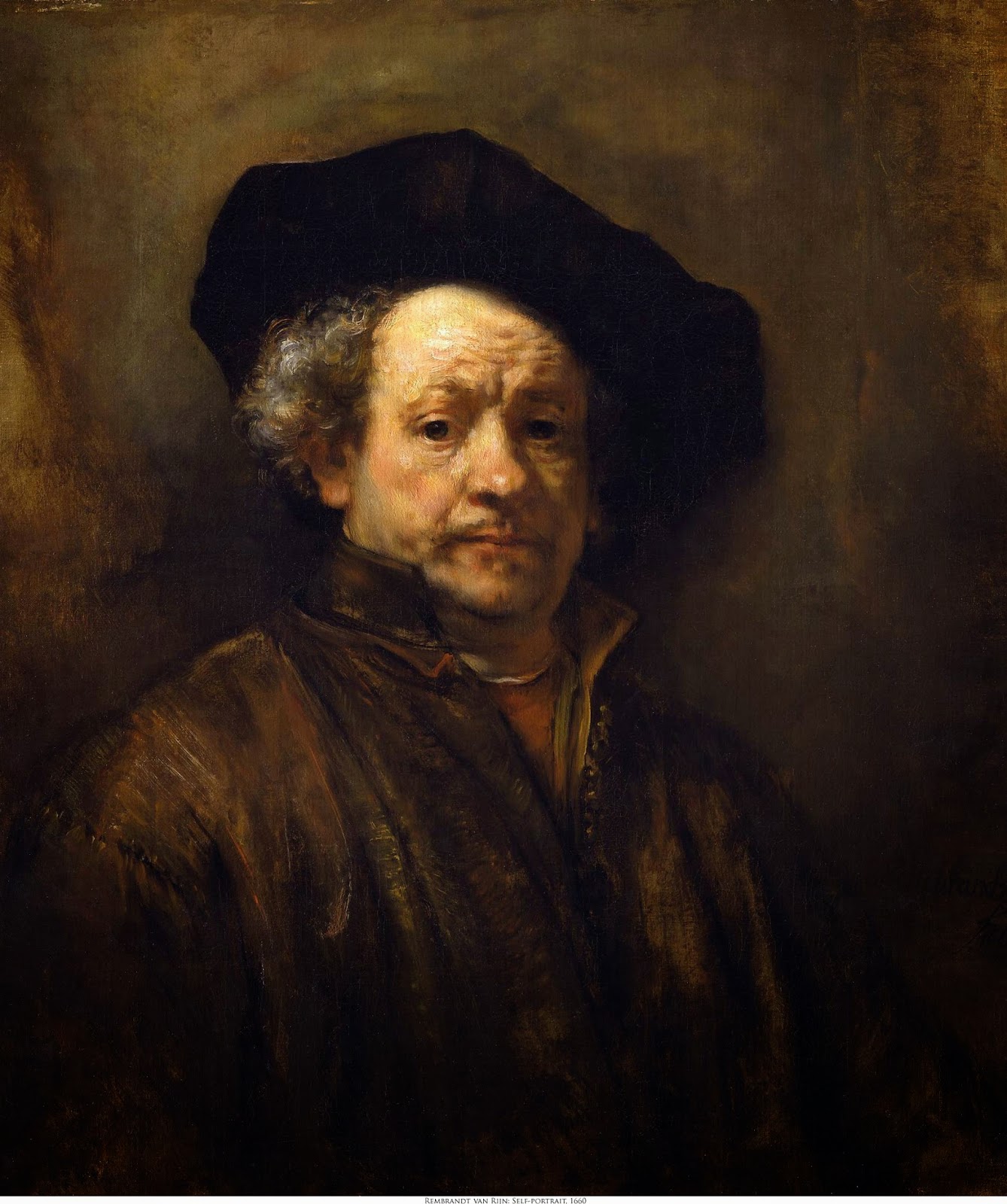Unveiling The Genius Of Rembrandt's Artistry
Rembrandt's name resonates through the corridors of art history, synonymous with mastery, emotion, and innovation. His ability to capture the human condition in its rawest form has left an indelible mark on the world of painting. As we delve into the life and works of this legendary artist, we uncover the intricate layers that make up his legacy—one that continues to inspire and provoke thought centuries after his passing.
Born in the late 16th century, Rembrandt Harmenszoon van Rijn's rise to prominence was not merely a result of talent; it was a combination of skill, perseverance, and an unwavering commitment to his craft. His paintings offer a window into not just his life, but the society in which he lived, reflecting the nuances of human emotion and the complexities of existence. Each brushstroke tells a story, inviting viewers to engage with the subject matter on a personal level.
As we explore the various facets of Rembrandt's artistry, we will examine his biography, famous works, and the impact he has had on generations of artists that followed. This journey through his life will provide insight into what makes Rembrandt's paintings timeless masterpieces, worthy of admiration and study. Are you ready to discover the man behind the canvas?
Who Was Rembrandt? A Brief Biography
Rembrandt's life was as colorful as his paintings. Born on July 15, 1606, in Leiden, the Netherlands, he was the ninth child of a family that ran a mill. His early education in art began at a young age, leading him to apprentice with notable painters of the time. Eventually, he established his own studio, where he began to create works that would later define his career.
| Detail | Information |
|---|---|
| Full Name | Rembrandt Harmenszoon van Rijn |
| Birth Date | July 15, 1606 |
| Birth Place | Leiden, Netherlands |
| Death Date | October 4, 1669 |
| Notable Works | The Night Watch, The Anatomy Lesson of Dr. Nicolaes Tulp, The Jewish Bride |
| Artistic Style | Baroque, Realism, Chiaroscuro |
What are the Key Characteristics of Rembrandt's Art?
Rembrandt's art is marked by several defining characteristics that set him apart from his contemporaries. These elements include:
- Chiaroscuro: The dramatic use of light and shadow enhances the three-dimensionality of his subjects.
- Emotional Depth: His works often convey deep emotions, allowing viewers to connect with the humanity of the figures.
- Realism: Rembrandt's attention to detail and ability to capture the essence of his subjects create a lifelike quality.
- Innovative Composition: His unique approach to composition often directs the viewer's eye and creates a sense of movement.
How Did Rembrandt's Personal Life Influence His Work?
Rembrandt's personal experiences played a significant role in shaping his artistic output. The loss of his beloved wife, Saskia, deeply affected him, leading to a series of poignant self-portraits that reflect his inner turmoil. His financial struggles later in life also influenced his subject matter, leading him to depict more somber themes.
What Are Some of Rembrandt's Most Famous Works?
Among the myriad of paintings crafted by Rembrandt, several stand out as iconic masterpieces:
- The Night Watch: This monumental group portrait showcases a militia company and is celebrated for its dynamic composition.
- The Anatomy Lesson of Dr. Nicolaes Tulp: A groundbreaking work that combines art with science, depicting a public dissection.
- The Jewish Bride: This intimate portrayal of love and devotion exemplifies Rembrandt's emotional depth and mastery of color.
How Has Rembrandt's Legacy Endured Over Time?
Rembrandt's influence on the world of art is profound and far-reaching. His techniques have inspired countless artists, and his works are studied in art schools around the globe. The emotional resonance of his paintings continues to captivate audiences, making him a central figure in art history.
What Can We Learn from Rembrandt's Life and Art?
Rembrandt's journey is a testament to the power of perseverance, creativity, and the ability to convey the human experience through art. His ability to connect with his subjects on a personal level encourages us to explore our own emotions and experiences in our creative endeavors. By studying Rembrandt's techniques and themes, contemporary artists can find inspiration and insight into their own practices.
Conclusion: Celebrating Rembrandt's Contributions to Art
In conclusion, Rembrandt's artistry transcends time and continues to resonate with audiences today. His skillful use of light, emotional depth, and innovative approaches to composition have solidified his status as one of the greatest artists in history. As we reflect on his life and works, we are reminded of the enduring power of art to capture the complexities of the human experience and evoke profound emotions. Rembrandt's legacy will forever be cherished, inviting us to immerse ourselves in the beauty and depth of his creations.
Unraveling The Life And Legacy Of Heuermann
Unraveling The Legacy Of Benjamin Banneker: A Pioneer Of Knowledge And Freedom
Unveiling The Rich Heritage Of Balboa Spanish


